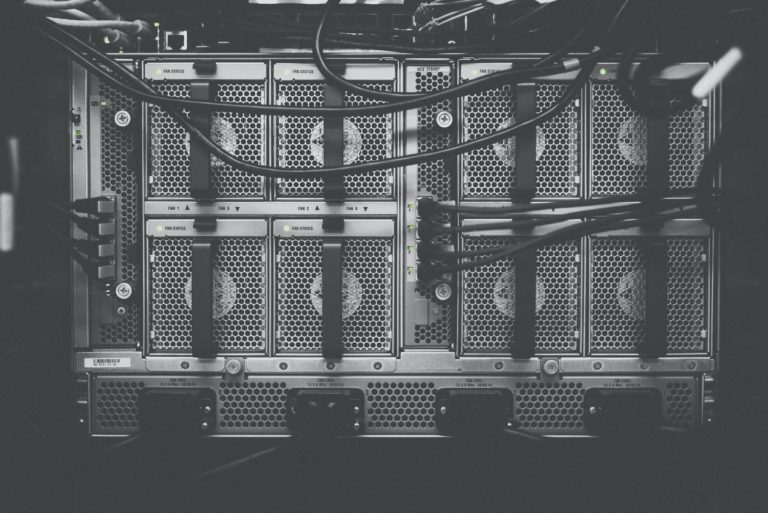Yesterday morning, I woke up to some Discord messages saying that one of my websites was offline. Not a great way to start off the morning! I tried to first ascertain the scope of the issue—turns out none of my services were accessible at all from that one dedicated server. Panic started to set in a bit… did I forget to pay my monthly server bill? Did the server get hacked? Or did the server burn down?
Computers & Technology
DIY: How to mount a UniFi access point to the ceiling
Last year when I moved into my new apartment, I upgraded to a Ubiquiti UniFi Dream Machine (UDM) router to support the gigabit Internet speed I could now subscribe to. Due to the location of the fiber optical network terminal (ONT) in my home, the UDM had to be located in the closet of my secondary bedroom, which is on one side of the apartment. Now while the UDM has a powerful enough Wi-Fi signal that can cover my apartment reasonably, the 5GHz band, is significantly weaker two walls over in my main bedroom. In addition, over the summer I Continue Reading
RAM Upgrade on a Synology ds920+
There are a lot of threads on unofficial RAM upgrades that work or don’t work on the Synology ds920+. Just for context, the Synology ds920+ comes built in with 4GB RAM soldered in and has one expansion slot. The official maximum is 8GB, and Synology sells an official 4GB RAM stick (model: D4NESO-2666-4G) for this. However, there are many anecdotal reports that adding 8GB and 16GB RAM also work. By running a handful of applications and Docker containers, I was maxing out the built in 4GB of RAM and spilling into swap space which slowed down the entire NAS to Continue Reading
Setting up IPv6 with Telus PureFibre on a Ubiquiti UniFi Dream Machine
I recently got a Ubiquiti UniFi Dream Machine (UDM) to support gigabit-speed internet at my new apartment. The UniFi line is a significant step up from consumer home routers, providing better customizability and management options for networks. The following settings are required to get IPv6 working locally using Telus PureFibre internet: In the Network application, go to Settings -> Internet -> WAN. Expand the Advanced section, then expand the IPv6 Connection subsection. Set the following settings: IPv6 Connection: DHCPv6 Prefix Delegation Size: 56 Apply the changes at the bottom. Then go to the Networks section and open your LAN network. Continue Reading
Handling power outages with an uninterruptible power supply and NUT
The main reason for having a UPS is to protect against data loss due to power outages whether it be unsaved work, or corruption due to the computer not having enough time to write things to disk. I only really started to take this seriously when I got my Synology networked attached storage (NAS) which holds all my data. The UPS I chose is an APC model with 1300VA and a USB connection, which is powerful enough to power most of the critical equipment I have at home and to ensure they have enough time to shut down. One of Continue Reading
